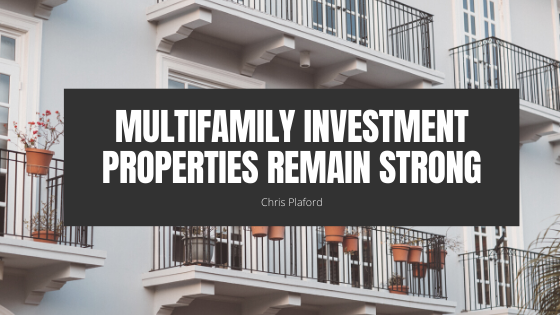After months of stay-at-home orders, cities and businesses are beginning to reopen. Unfortunately, many sectors of the economy have yet to face the effects of the past several months. However, through this climate of uncertainties, multifamily investments have remained stable.
Supported By History
Multifamily investments have a history of standing strong despite economic storms. In the past two recessions, multifamily units outperformed office and industrial spaces. The rent decline after the 2001 recession was comparatively minimal for the multifamily market. Additionally, the multifamily sector had the most rapid post-recession rent recovery.
After the 2008 recession, there was a decline in homeownership. The demand for single-family homes also waned. These trends have boosted the multifamily market for more than a decade.
Over the past several quarters, the market has predicted a downturn. Industry experts have been prepared for the inevitable shift. Those in the multifamily sector have the confidence that the industry will bounce back.
Effects of The Pandemic
The industry expects a dip in occupancy. Many experts believe that the pandemic will not be a multi-year event. Multifamily investments can react to short-term changes and long-term recovery. Although COVID-19 has affected multifamily investments, the sector will likely be resilient.
Demographic trends have favored multifamily investment demand. Moreover, a lot of businesses are operating remotely, so flexible shelter or renting remains desirable. Since mortgage approval remains challenging, recent graduates are continuing to turn to renting over ownership.
People who rent Class A and B properties have managed to pay their rent through the stay-at-home orders. Most of these residents reside in luxury to mid-tier apartments and can work remotely from home. Apartments located near professional business centers have an easier time attracting renters.
Additionally, professionally managed properties can meet the needs of the remote workers. Apart from low-interest rates, apartment demand will increase, since more people are seeking stability. Properties with marketing and leasing technology have the advantage of retaining and attracting more renters. Currently, homeownership is a riskier endeavor for most. Thus, tenants who might have become homeowners may remain renters for now.
Although consumer spending is reducing and retailers are downsizing, people need homes. Throughout all economic cycles, the demand for homes is constant. As the economy tries to correct in 2020, investors should not be worried. Their multifamily investments are fairly safe when compared to other investments.
